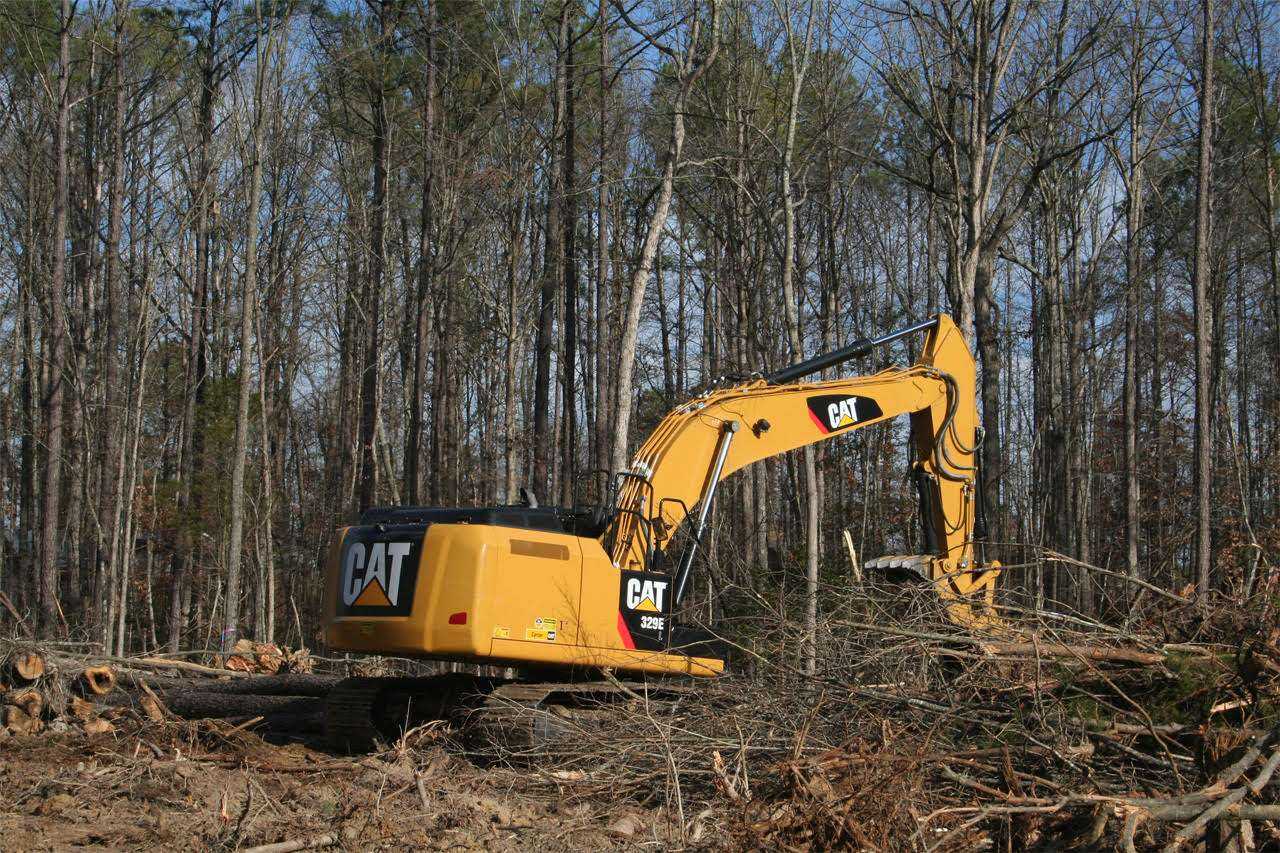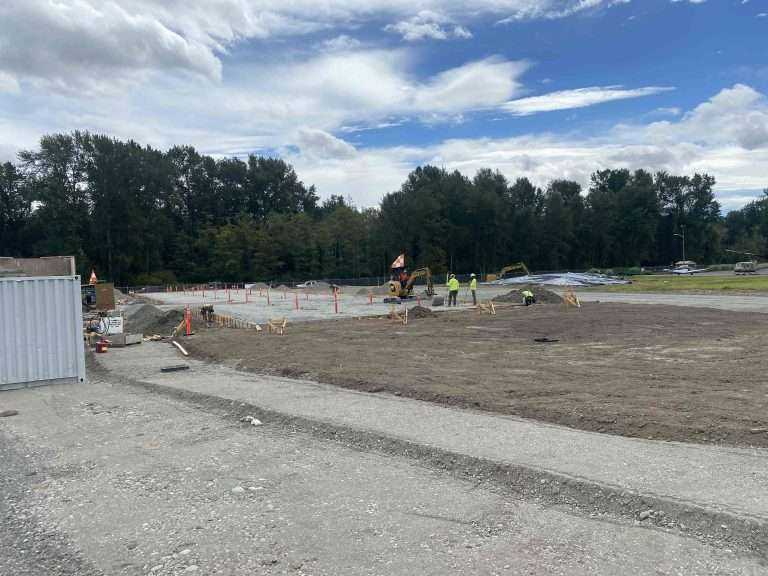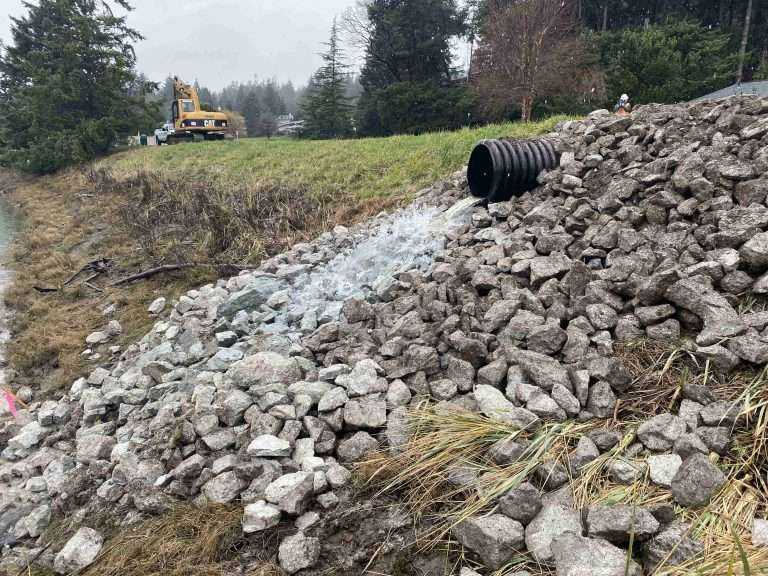Important Land Clearing Considerations
The initial step of any development requires getting rid of the old to make space for the new. For construction, this includes removing any vegetation and landmarks on the plot to allow the necessary building activities to take place.
As a landowner, you will know that clearing a plot of land isn’t as simple as removing a few trees or vegetation and debris. In fact, there are many things to consider in preparation for clearing land before any construction can begin.
When preparing land for clearing, our advice is to hire professionals that know the critical considerations and how to execute them.
4 Considerations When Land Clearing
There are two main considerations when land clearing property:
Environmental conditions of the site
Safety of executing the clearing process
There are specific steps that you need to take when clearing land to ensure that these conditions are fully considered.
1. Rough staking the plot
Vegetation and other obstructions on the property are only removed after rough staking is complete. Rough staking involves setting out the site boundaries. The operator marks out the sections of the land allocated for clearing and determines the type of clearing necessary.
Individuals can carry out the tasks by carefully following guidelines and the property blueprints and dimensions. Professionals with experience will be able to carry out the rough staking quickly and more accurately than an individual.
Professionals will also have experience in complying with the construction regulations, rules, and permits associated with land clearing. This is likely to make the process of setting out rough stakes run more smoothly. It also helps to maintain the project deadline and get the job done right the first time.
2. Pinpoint the removals
After land clearers establish the clearing boundaries, they can pinpoint the removal of specific objects within the boundary. The objects may include vegetation, such as roots, stumps, plants, bushes or trees, and other items that will cause obstruction.
When selecting removals, we recommend preserving as many trees and natural vegetation trees outside the clearing boundary as possible. This will help preserve the natural environment and ecosystems in the area. It will also add to the aesthetic of the development’s surroundings.
3. Clearing the land
The pivotal step of the process is the actual clearing of the property. The vegetation in the marked out areas, as determined by the rough staking, should be fully removed from the ground. The land clearing team will need to remove all the cut-down vegetation and debris from the lot and transport it offsite to a dump.
Land clearing is an extensive task. It is important to hire professionals that will complete the work thoroughly and have the capacity to manage the work.
The activities involved in land clearing typically involve big machinery and equipment suited to the scale of the job. Excavating companies involved in these activities, like CF Excavating, will have the necessary equipment on hand. This could include things like chainsaws, bulldozers, track or wheeled carriers, and various hand tools.
On a small job, hand tools may be enough. However, as the scale and size of the vegetation grow, more heavy machinery is necessary.
Apart from falling debris and trees, the use of these tools can be dangerous. As such, these activities should only be undertaken with the correct safety measures and precautions in place. Because of this, the process of lot clearing is usually best left to trusted professionals.
4. After clearing – building preparation
The first part of the clearing process removes all the necessary vegetation and obstructions. After this, the workers must adjust the land to an appropriate grade specific to the project. This may include raising the land, sloping it in certain areas, and flattening it in others to create the desired terrain.
Strategic excavations create the specific slopes needed for various reasons. Regrading is important in order to improve the stability of the land. It also influences the positioning of the development and potential road routes. These should be placed strategically at an appropriate grade.
The slopes also affect the direction of stormwater runoff. The runoff should run in the direction away from infrastructure. The strategic placement of slopes helps to create effective drainage paths. It also assists in preventing damage to the infrastructure and the land from erosion.
Final Thoughts
CF Excavating is a full-service excavating, grading, and utility contractor – meaning we can assist you every step of the way.
We provide services on a big and small scale. Whether you’re looking to clear a section of your property or develop a residential area in a suburb, we can help. We stay true to our goal of 100% customer satisfaction by delivering work done right, on time, and on a budget.
Contact us today to query about any of your land clearing needs.



